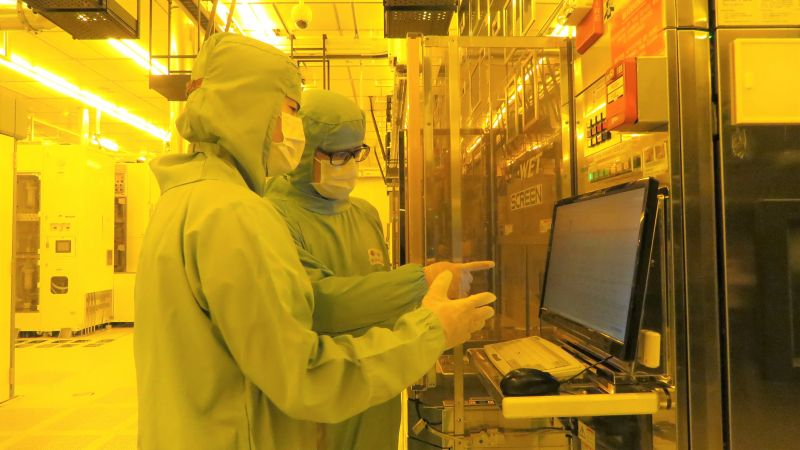High demand for chips in the artificial intelligence segment implies limited capacity using advanced lithography, while in the more mature process technology segment, customers of Taiwanese contract manufacturers can already qualify for discounts. Even TSMC is already ready to reduce prices for services for the production of 7-nm and 14-nm products.

Image Source: TSMC
According to Taiwanese media, TSMC is being forced to take such steps by growing competition from Samsung and Chinese contract manufacturers, who, although they are mostly focused on more mature lithography, are quite capable of producing products according to 14 nm standards. According to sources, in the fourth quarter, UMC, VIS and PSMC, which are competitors of TSMC in the local contract services market, are ready to offer discounts on mature technical processes.
For TSMC itself, the interest in attracting clients to its mature technical processes is explained by the need to increase the utilization rate of production lines. This will partly compensate for the decrease in the average selling price, which will inevitably occur in the face of increased competition. Discounts on TSMC’s services in the mature lithography segment are likely to continue next year, according to Taiwanese sources.
It is noted that Chinese contract manufacturers have passed the phase of actively reducing prices for their services. They are now concerned about bringing supply and demand into balance and maintaining profits. For this reason, some Chinese manufacturers are even preparing to raise prices for their services. Taiwanese competitors intend to take advantage of this opportunity to steal customers from among their compatriots from their Chinese rivals. Pricing in this market is becoming more flexible, large customers have the opportunity to achieve more significant discounts.
The above-mentioned Taiwanese “second-tier” contract manufacturers were able to increase the utilization rate of their enterprises to over 70% in the third quarter, but their further movement in this direction will involve the need to take an individual approach to each client when negotiating the price of their services. Demand is currently strong in the advanced lithography segment, which serves artificial intelligence and smartphone developers, respectively, but in the automotive electronics and industrial automation sectors, demand is still struggling to return to growth after the pandemic-induced overstocking.